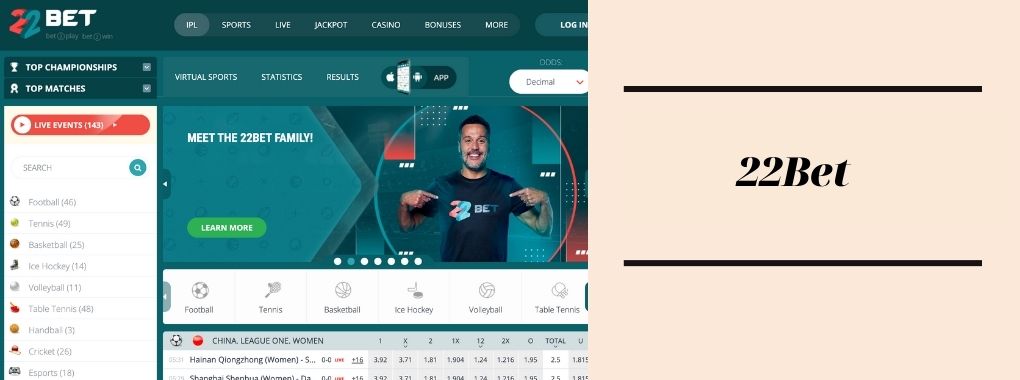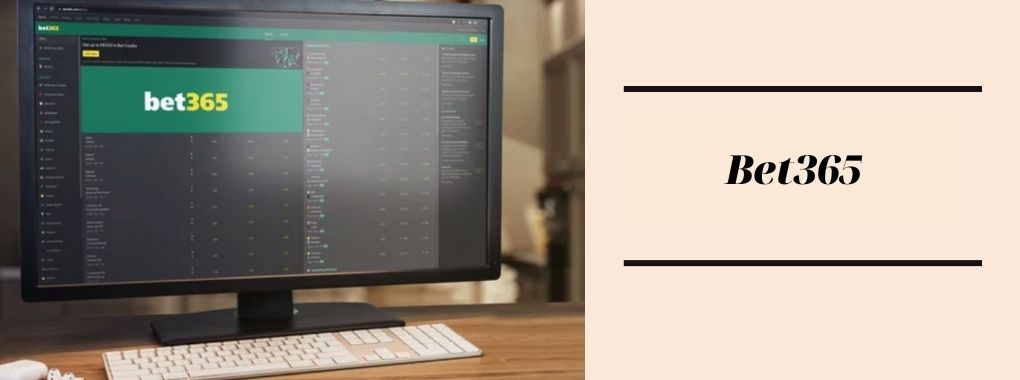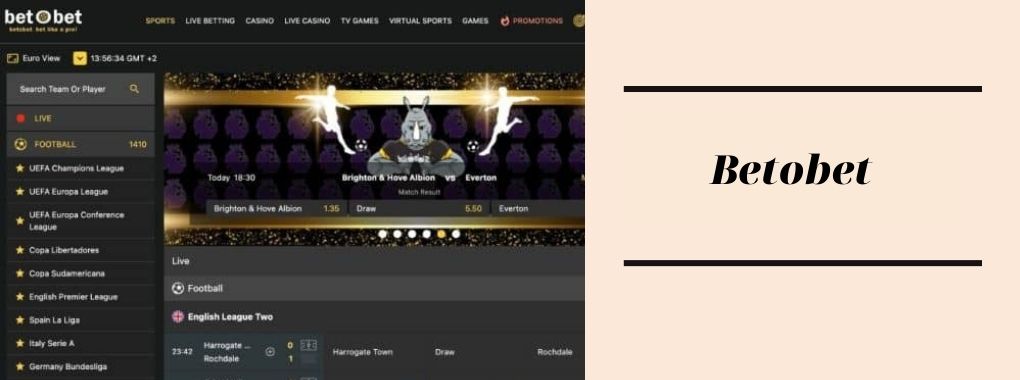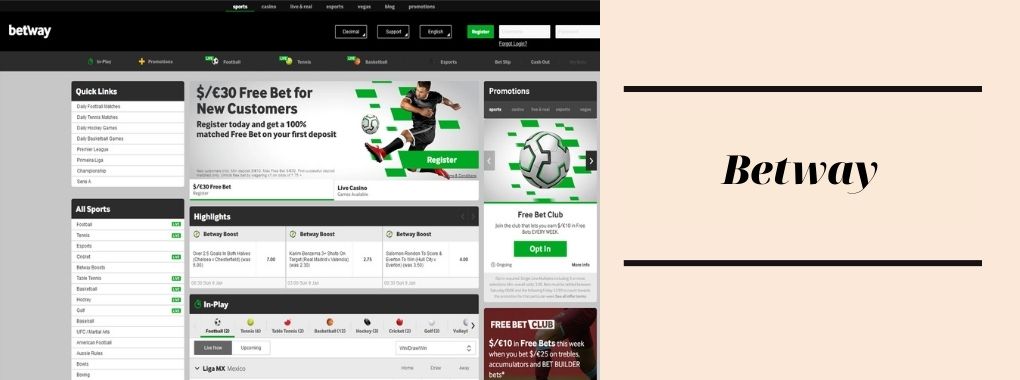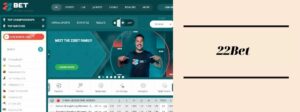
Betting is one of the most proficient ways to earn money while having fun. Still, many people cannot make money due to a lack of knowledge or using bad betting sites. Using a reliable betting site is as important as knowing about betting. Betting on instinct mostly results in losses and people keep repeating it, which leads to losing all their assets. On the other hand, using an untrusted site can result in losing all of your deposited money due to cases like fraud.
Frauds do not only happen in the betting industry; it happens everywhere. It’s your duty to stay aware and try to use safe sites with good betting services. Some of the best online betting sites like BetMGM and Caesars offer the safest betting services that you can use. Moreover, if you want to find the site, you must know how to find reliable betting sites. You can read this information to know various things related to safety and the best betting sites.
Is It Safe To Do Online Betting?

People who usually bet from offline bookies and casinos may ask about the safety of online betting. Online betting offers various options you cannot find in an offline gambling or betting place. You can even check if the site is safe by checking their license. The license is provided to sites that are safe and secure to use.
Offline betting sites may not allow you to get various bonuses and bet on sports leagues internationally. Online betting allows you to have more convenience compared to offline sites. Reputable Betting websites keep the information they use safe and provide fair betting odds. You may need to check the laws of your country or state on online sports betting before betting.
How To Choose A Betting Site?

Choosing or finding a betting site is not complicated. You can do it by learning a few things. Various things need to be considered while looking for a betting site. Here are a few key points to make finding betting sites simple for you:
- Reputation
- License
- Customer Reviews
- Sports Betting Options And Odds
- Payment Options
- Customer Services
- Personal Betting Requirements
- Bonus and Promotions
Gambling Websites You Can Use
You can consider using many sites, but these are a few of the best online betting sites that are mostly used. You should still consider checking if the site is safe to use before betting.
Many people looking for betting with reliable betting sites can consider betting on these sites:
DraftKings Sportsbook
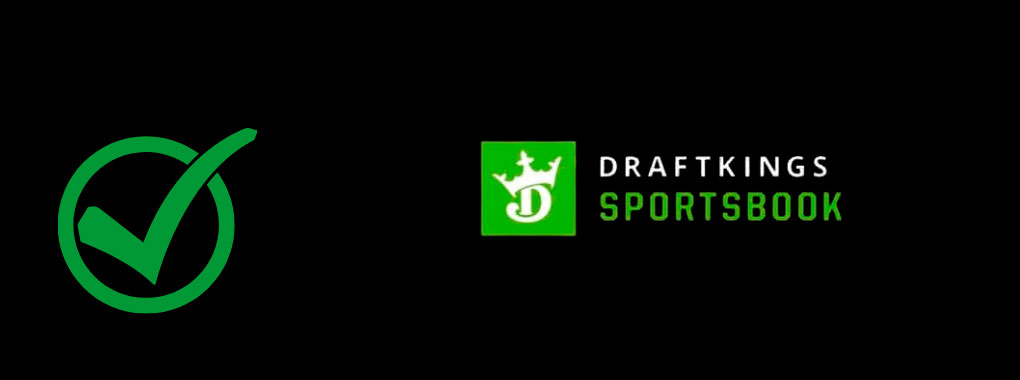
The primary thing the DraftKings sportsbook is known for is daily fantasy sports. DraftKings offer betting on fantasy sports and also offers various bonuses and promos. DraftKings was founded in 2012 and is an international platform. In addition, this platform is licensed and holds the license provided by the Pennsylvania Gaming Control Board. They offer live betting and traditional betting options like money lines, spreads, etc.
BetMGM Sportsbook
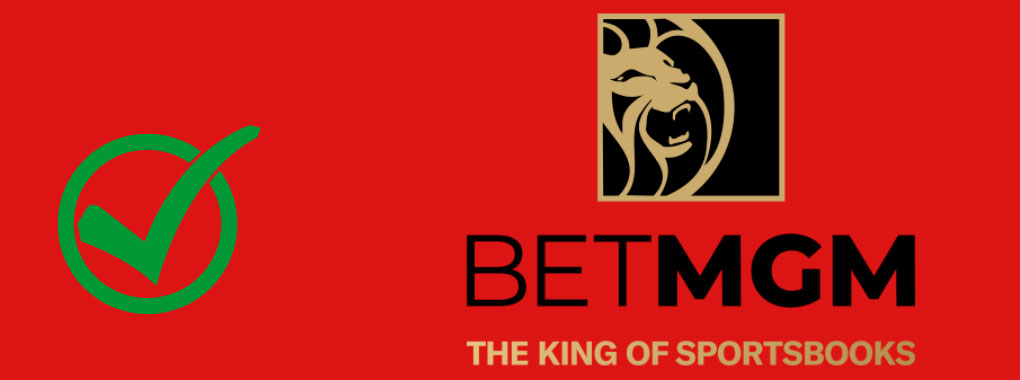
BetMGM is an excellent betting platform with amazing betting services. You can also play over 900 casino games on BetMGM. BetMGM also provides a betting app that people can download for ease of access. The payment options on BetMGM are secure and provide fast transition services. BetMGM was established in 2018 and is licensed by the Pennsylvania Gaming Control Board, New Jersey Gaming Enforcement Division, etc.
Caesars Sportsbook
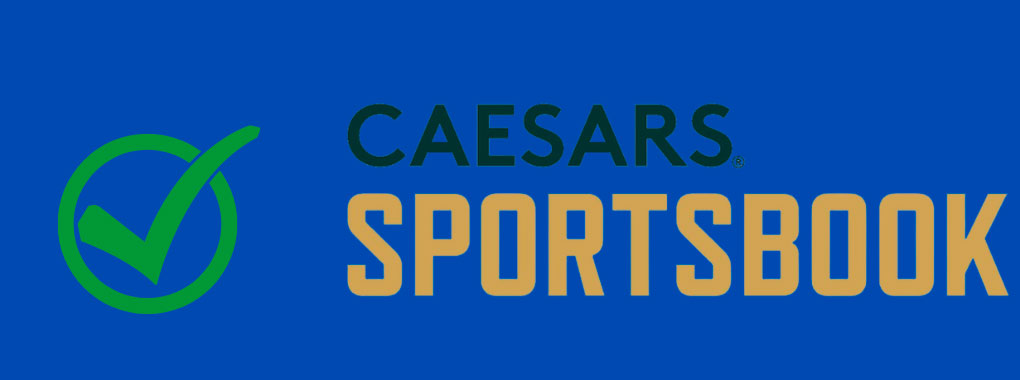
Caesars is one of the largest reliable betting platforms that many people use. In addition, this platform offers a risk-free betting bonus and various other rewards that players can claim. Caesars is one of the oldest betting platforms that offer offline and online betting services. Caesars also offers a sports betting app that you can download easily. The platform offers gambling services that many people like.
FanDuel Sportsbook

FanDuel Sportsbook provides betting services in various countries. The interface of their website is fantastic and liked by many people. The experience of betting on FanDuel will be great, and they also offer to bet on daily fantasy sports. FanDuel was founded in 2009 and is safe to use. FanDuel offers huge bonuses that players can easily claim by doing simple
BetRivers Sportsbook
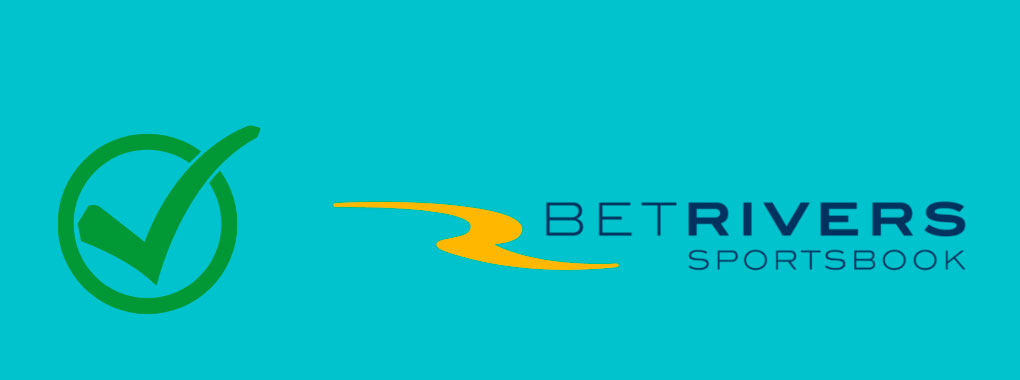
BetRivers sportsbook could be a great choice for people who want the best betting experience. This platform offers a loyalty program with VIP level 7, and you can also claim a great bonus. Many people like the odds on the platform. You can get active customer support on the BetRivers betting site. BetRivers started offering betting services in 2018 and is regulated by various authorities.
The discussion about the best online betting sites
Betting is one of the best ways to earn money without investment. Many people like to take gambling as a profession. To do this, they have to acquire knowledge and know the tricks of the game. Even though those people are new in this industry, they also earn money following the suggestions of veterans. There are many reputed betting sites available in the market.
You have to choose the best which fulfils all of your criteria. Before selecting any sportsbook agency, you have to ensure the safety and security of the betting site. Apart from this, you should choose a betting platform that offers a mouth-watering welcome bonus, many promos, and bonuses. Today we are going to talk about the best sports betting sites online.
888sport
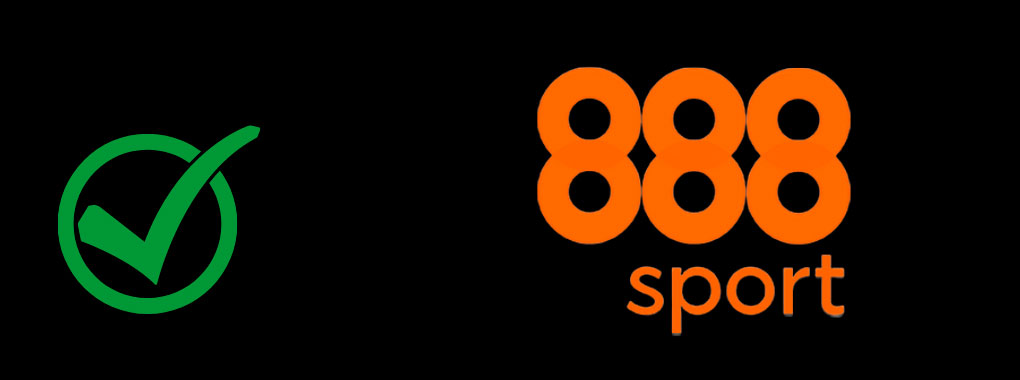
This online sportsbook agency was established in 2008. The 888sport betting site recently operated in many counties like New Jersey, Indiana, and Colorado. Here players can easily start betting after following the easy signup procedure. 888 sport restricts some bonuses in some specific areas. This online betting site comes up with plenty of bonus offers. Players can avail of $50 free bets every day, American Dream, $5 free bets for long odds, daily specials, money back Monday, and many more. You can place a bet on various sports like:
- Aussie rules,
- Boxing,
- Darts,
- Cycling,
- Cricket,
- Baseball,
- Basketball,
- Badminton,
- eSports and many others.
You can place different wagers such as:
- totals,
- money lines,
- win totals,
- teasers,
- parlays,
- round robins,
- championship futures, etc.
10CRIC site

10Cric is a well-known name to Indian punters, as it is an online betting and casino site with a long history. The site continuously updates its features and widens its betting markets, providing punters with the chance to bet on popular sports leagues such as the World Cup, Grand Slam, IPL, CPL, and more – all aside from cricket and football.
For casino users, they have a special section with Slots, Crash games like Aviator game online, Jet Lucky 2, Maverick and Fly X, Megaways, Jackpot Slots, Cricket and Asian games, Virtual Sports,
By using 10Cric, punters can benefit from live gambling and in-game stats, as well as outright betting markets. Those looking to deposit can select from several different modes, such as:
- Bitcoin,
- VISA and Mastercard,
- UPI,
- Bank Transfer,
- NetBanking,
- Neteller.
Furthermore, 10Cric is also available on both iOS and Android devices. As a bonus, depositing INR 2,000 will give players INR 5,000 to play with, in addition to 15 bonus spins.
PureWin

PureWin, an up-and-coming sportsbook, offers many betting options and features to make navigating between sports and markets a breeze. Betting opportunities include all the most popular international and domestic tournaments and leagues, such as the IPL and the County Championship.
In addition, gamers looking to bet on eSports tournaments in games:
- Dota2,
- NBA 2K,
- Counter-Strike,
- and FIFA eSoccer.
And the bonus for joining PureWin? You’ll receive a generous 10,000 INR bonus, plus 1,000 INR for casino games. All this is backed by a multitude of payment options:
- UPI,
- PhonePe,
- GPay,
- Paytm,
- VISA and Mastercard;
- NetBanking,
- Cryptocurrencies.
Betway

Betway, with a betting license from MGA, proudly sponsors some major sports teams, including West Indies and South Africa cricket. You can watch live sports events such as football, cricket, and tennis on Betway as well as a variety of horse racing options. Its features include the possibility to watch live horse racing, the availability of cash withdrawals to participate in multiple markets, and apps for iOS and Android users. A 100% Welcome bonus is up to INR 2,500 or £10 in Free bets is available after sign-up for new users.
Deposits can be made via:
- Bank Transfer,
- UPI,
- VISA,
- Neteller and Skrill.
FairPlay Club

The company has been operating since 2019. To access the FairPlay platform, you have several options: through the website, through the mobile version of the website or the FairPlay app. All of the activities featured in these sources are completely legal thanks to the presence of a Curacao license. Here you can find services such as sports betting, cricket betting, cyber sports betting, and online casino betting.
Paddy Power
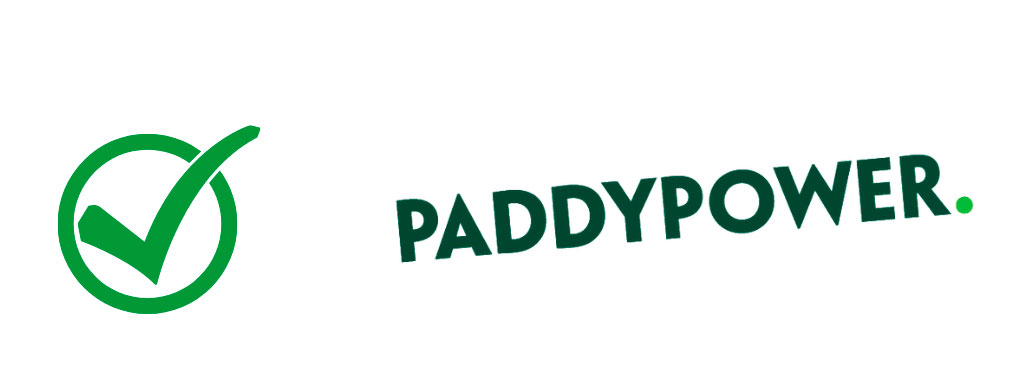
This global betting site started its operation in 1998. Now it operates in the UK and Ireland. But the players from the US, Canada, and Australia are not allowed to bet on this site. You can start betting from this site by depositing a minimum of cash. But the new players receive a small bonus after signing up here. This site gives you a chance to enjoy the amazing live streaming feature. If you face any trouble while betting, you can mitigate your problem by simply contacting Twitter the customer support team.
Parimatch
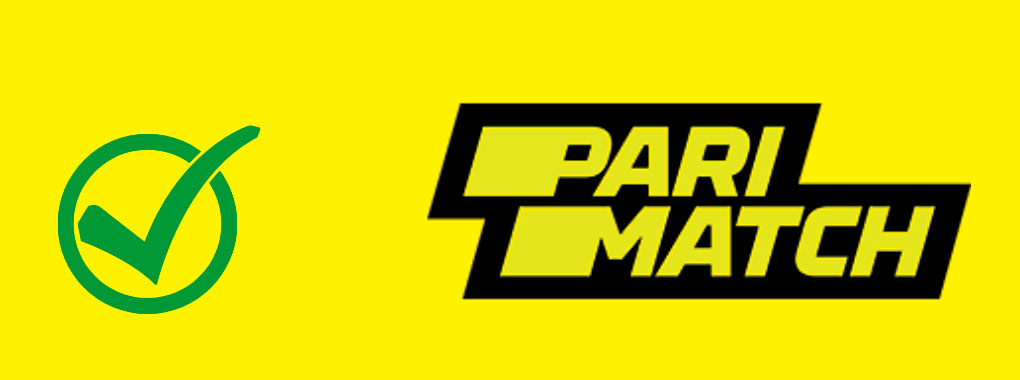
This online sportsbook agency was launched in 1994. Sergey Portnov gave birth to this online bookmaker. The only problem players can face here is that they find difficulty in navigating this betting site. The live streaming option is not available here. But this site offers amazing promotions and bonuses to the players. Punters can start betting from this site by making a deposit using many options such as Paytm, net banking, astropay, UPI, and many more. You can withdraw your winning amount using several convenient methods like Much Better, Astropay, UPI, and many more. Players can bet on Parimatch several fields like virtual sports, football, cricket, and many more.
ComeOn!
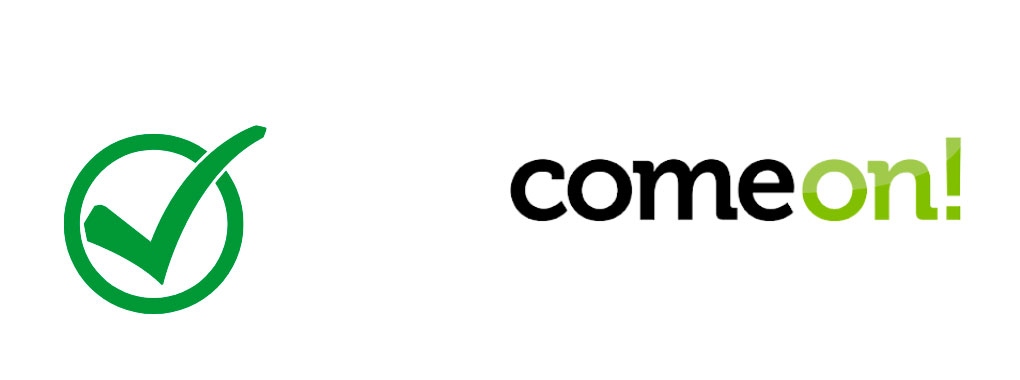
This Malta-based betting site was launched in 2008. The ComeOn site started its journey holding the hand of Co-gaming Limited. This site comes up with amazing cricket free bets for cricket lovers. They bring an amazing live casino feature for its players.
1win

The 1win bookmaker is a new betting platform with great reviews. Bettors will discover a wide selection of games, outstanding bonuses, and promotions. 1win is a legitimate platform since they hold a Curacao license. Moreover, the 1win app has more than 9000 casino games and multiple sports for betting. You can use their app in various languages.
Melbet
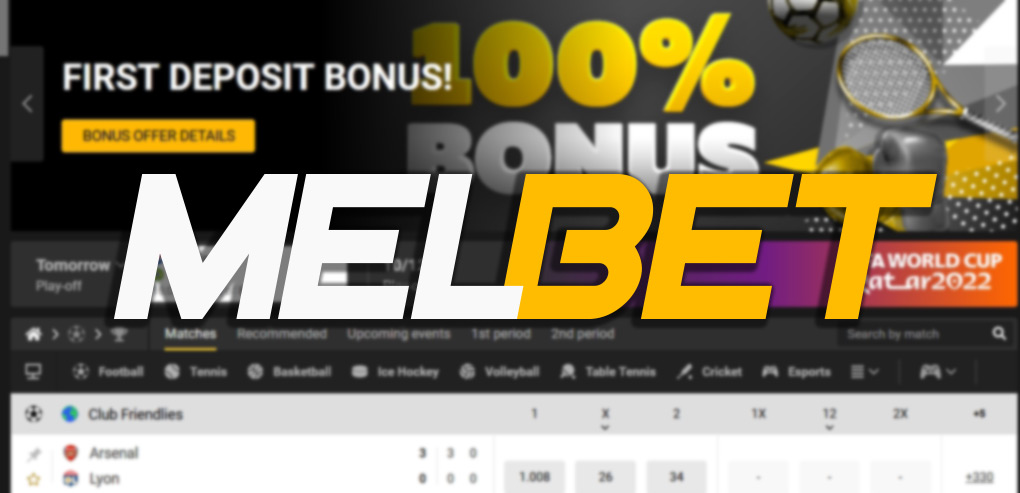
Melbet is a legit platform that offers online betting services and casino. The Melbet site uses SSL encryption technology to secure its user’s data. In addition, the customer support of Melbet is highly active. Moreover, the Melbet platform has an affiliate program that you can join to earn money. So the odds are also high on the Melbet betting app. The app interface is very interactive and user-friendly.
4raBet

There are many platforms but first, you will need to know which platform is safe. Some bookmakers can be good with both, such as 4rabet, which provides great betting and have a good mobile app to get convenient gambling options.
The 4rabet app has a great user interface that will provide the best betting experience. It has all the basic features required to do betting, and players will have no trouble navigating any features on the app. You can even download the 4rabet app on an Android or iOS device and start betting. The requirements to download the mobile app are not too high so that low-spec devices can use it.


